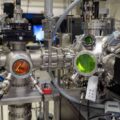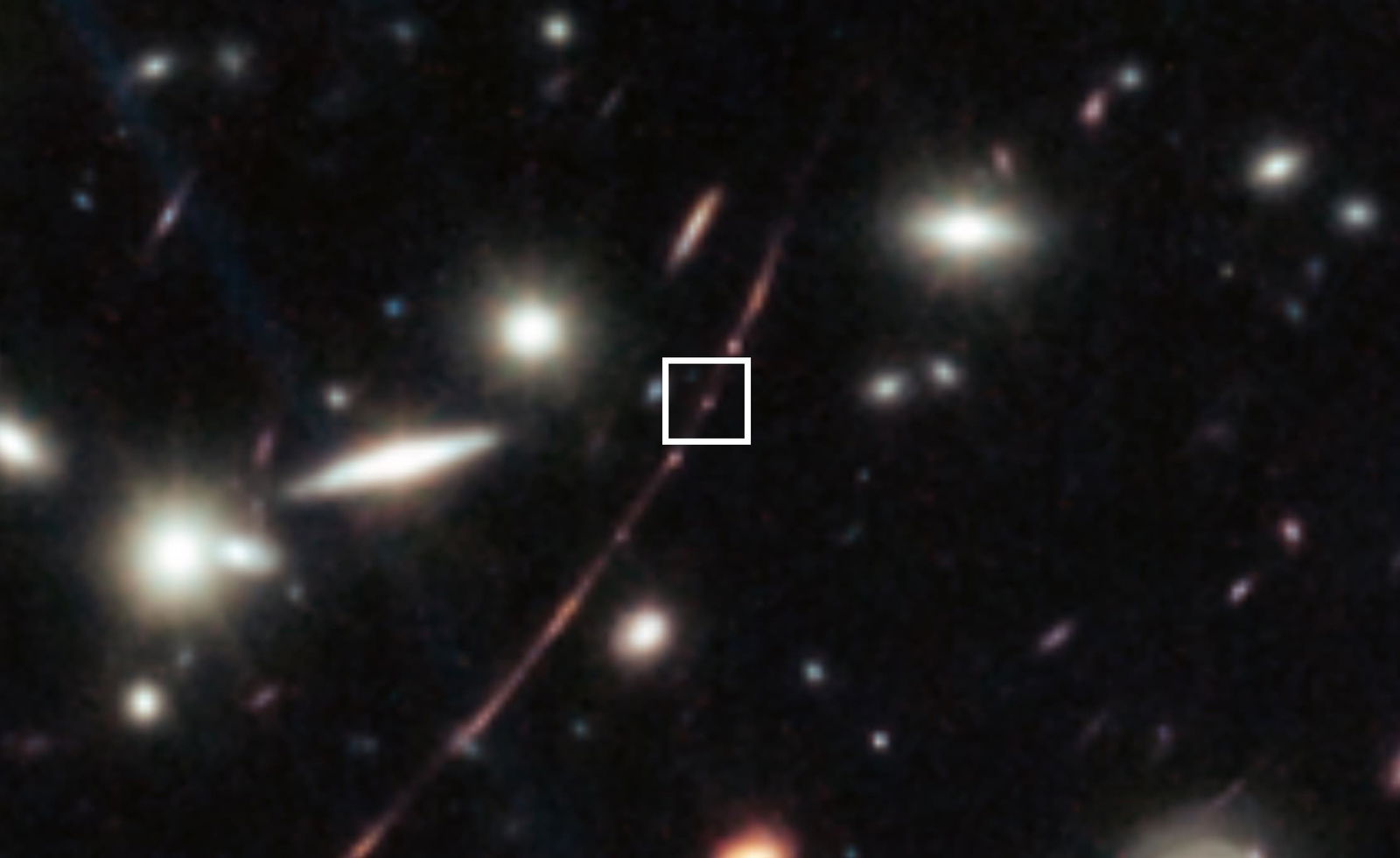What astronomers believed to be the most distant star ever observed may have been misclassified, according to new data obtained using NASA’s James Webb Space Telescope (JWST).
Rather than being a single object, Earendel—a celestial feature nicknamed after the Old English word meaning “morning star”—may be a cluster of stars formed from the same cloud of gas and dust and bound together by gravity.
Initially thought to have formed some 900 million years after the Big Bang as a star, Earendel was discovered in 2022 by the Hubble Space Telescope.
Now, according to a new study published in late July in The Astrophysical Journal, astronomers used the JWST to take a fresh look at the ancient object, revealing that the spectral features of Earendel are indeed a match for a variety of star clusters known as globular clusters.
Spying a Cosmic Sunrise
The Sunrise Arc galaxy, visible to us due to strong gravitational lensing, offers astronomers a rare opportunity to study how stars formed in the very early universe and at small scales.
Earendel makes this particular galaxy its home, and in their recent study, researchers compared it to other clusters in the Sunrise Arc galaxy.
“The highly magnified object Earendel within the Sunrise was previously identified as a candidate star or binary owing to size constraints placed by the lensing magnification,” the study’s authors write in their paper, although noting that “recent works have suggested that this constraint may be relaxed to even the size of star clusters.”
Spectrographic Surprises
Relying on archival James Webb Space Telescope spectroscopic data obtained with its Near-Infrared Spectrograph (NIRSpec) instrument, the team was able to discern the spectroscopic redshift of the Sunrise galaxy, which helped them to measure the galaxy’s distance. Based on their findings, the team confirmed that the object seems to have existed when the universe was very young: just under a billion years after the Big Bang.
Next, the astronomers modeled the light produced by Earendel and compared it with light from another nearby cluster, called 1E 0102. The results revealed that both Earendel and 1b are consistent with being star clusters, rather than being single stars.

In each case, the objects appear to be between 30 and 150 million years old, containing very few heavy elements—far less than our Sun—and also follow the same kind of age-to-metallicity relationship astronomers have observed in ancient star clusters found closer to Earth.
Since star clusters dating from this early period in the universe are rarely studied at such distances, the team’s work offered a rare opportunity for astronomers to study them under these conditions, demonstrating that light obtained with JWST’s spectrographic equipment can reveal new ways of studying them.
The new paper, “Is Earendel a Star Cluster?: Metal-poor Globular Cluster Progenitors at z ∼ 6” by Massimo Pascale, Liang Dai, Brenda L. Frye, and Aliza G. Beverage, appeared in The Astrophysical Journal on July 31, 2025.
Micah Hanks is the Editor-in-Chief and Co-Founder of The Debrief. A longtime reporter on science, defense, and technology with a focus on space and astronomy, he can be reached at micah@thedebrief.org. Follow him on X @MicahHanks, and at micahhanks.com.
